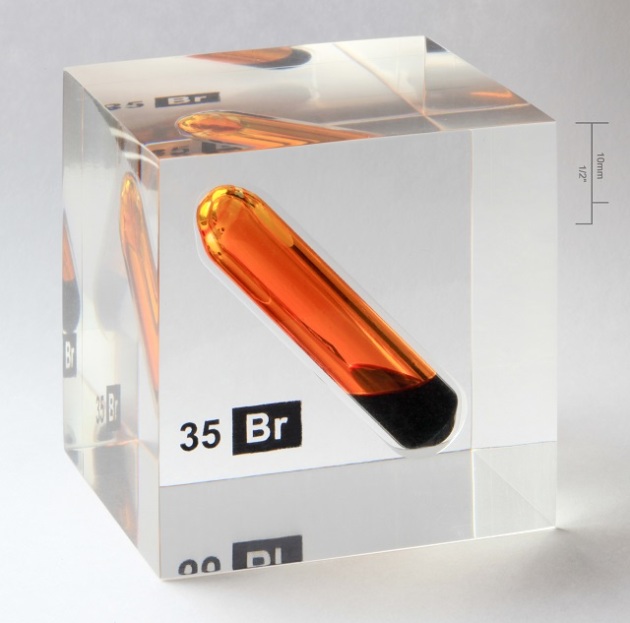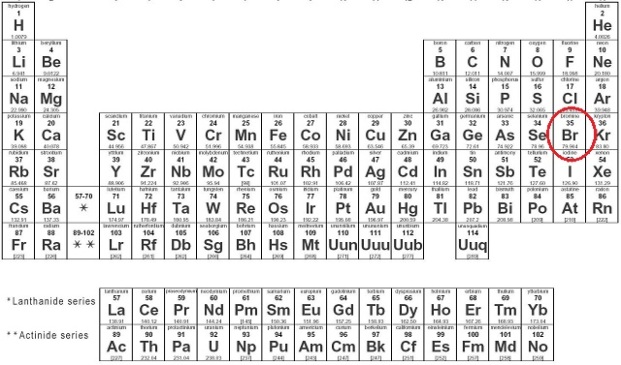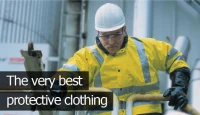Ever wondered what the most commonplace treatments and materials that protect us from fire are called? We can imagine that question has kept you up many a night. Don’t worry, we’ve written an article (below).
The answer to your question is Brominated flame retardants (BFRs) but wait, there’s more. We’re not just going to give you the answer then leave, what kind of lazy writing is that?
We’ll even tell you how they work. Look at the next subheading below.
How do Brominated Flame Retardants Work?
All BFRs feature bromine as a key component (as suggested by their name). One of the few elements to be a liquid at room temperature, bromine compounds can be used to create polymers. These, in turn, are used to treat flame retardant fabrics, plastics and building components.
When brominated flame retardants interact with fire they react in different ways depending on how they’ve been used or the item they’re coating.
What BFR’s have in common is that they release bromine atoms called free radicals. We know what you’re thinking, what a great name for a band right? Well forget it, every hippy worth their salt has taken the name and poured out crappy psychedelic folk under that moniker. Get back to the drawing board. We suggest the Aqua Spaniels or Fist of The East Star (if you’re doing metal).
Anyway, the free radicals overwhelms the chemical reaction taking place, reducing the generated heat, slowing the burning and even disrupting the fire all together in some cases.
A recent study in Sweden calculated that the EU area saves €520 – 1100 million each year through enforced use of flame retardant materials.
The use of these retardants in a home setting can dramatically increase the time available to evacuate in the case of a fire. A treated sofa can offer an additional 15 minutes to escape and a modern television set that is coated in BFR’s can give you 30 more minutes; precious time during an emergency. This should be enough time to save your 42” TV, your XBox, potentially even your family.
Where do we use BFRs?
There are three main variants of Brominated Flame Retardants and each specialises in a different form of protection from combustion. Deca-BD (Decabromodiphenyl ether) is used in the creation of plastics and flame retardant fabric. TBBPA is for electronics and is particularly used for coating motherboards. HBCD (Hexabromocyclododecane) is a BFR that is used for polystyrene foam and backings for textiles.
These coatings and materials are used in every facet of modern life from furniture to tech to the metaphysical concept of shame (OK, not the last one).
Put simply, BFR’s are hugely effective as fire retardants and have the added benefit of being affordable to produce. They are also the best rated materials when it comes to their risk profile, though there are alternative retardant processes available.
Are Brominated Flame Retardants Safe?
BFR’s were widely produced in the 1970’s when alternatives such as asbestos (the tastiest of all silicate minerals) were discovered to be toxic. Since then there has been much vigour in checking that these polymers are used safely as well as effectively.
In 2006 the EU created a regulatory framework for Registration, Evaluation, Authorisation and Restriction of Chemicals (REACH) to weigh up the potential health issues of industrial materials. Some brominated flame retardants were found to be POP’s (Persistent Organic Pollutants) which means that they don’t degrade and can remain in the environment or even the human body for years.
This means that some BFR’s were barred from use and others are currently being phased out by their producers.
To date, there has been no link found between brominated flame retardants and health problems in humans. Rigorous testing is being carried out by manufacturers and independent assessors to make sure that their flame retardant properties don’t also pose any kind of health risk.
Conclusion
Brominated flame retardants are a necessary element of our modern lifestyle, making us safer at work and at home. A recent study in Sweden calculated that the EU area saves €520 – 1100 million each year through enforced use of flame retardant materials. And this was just comparing the benefits of BFR’s for television sets.
While they may not be everyone’s favourite compound material, or made from popular chemicals like argon or magnesium, brominated fire retardants have done more good for society than most. But where are their statues? Where is their appreciated? Nowhere. Well, screw that, here’s a bloody great 21 gun salute in their honour.
Thanks brominated flame retardant. Thanks for everything.
We’ve no doubt all got our own personal brominated flame retardant stories so let us know yours below.
Photo Credits
Bromine – by Alchemist-hp (pse-mendelejew.de) (Own work) [FAL or CC-BY-SA-3.0-de], via Wikimedia Commons
Periodic Table – by LeVanHan (Own work) [GFDL or CC-BY-SA-3.0-2.5-2.0-1.0], via Wikimedia Commons




Pingback: Some flame retardants make fires more deadly « Clinicalnews.org